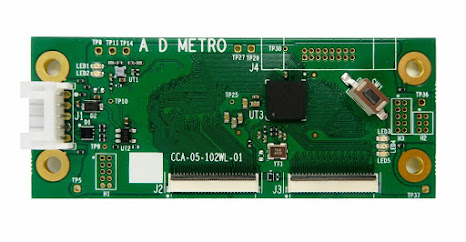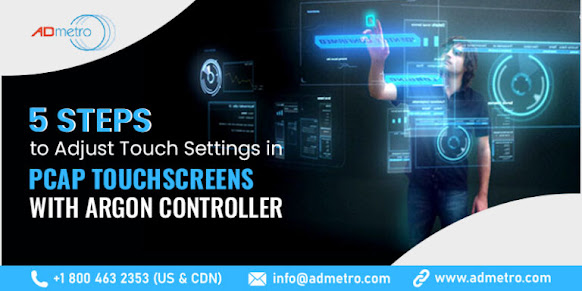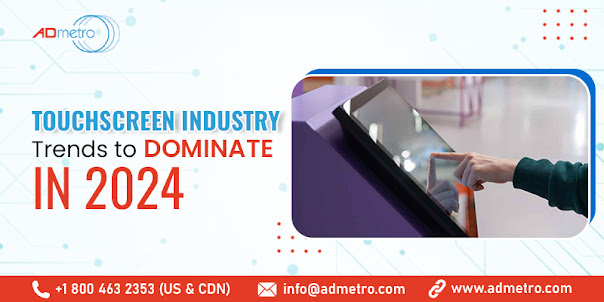ULTRA Resistive: The Ideal Touchscreen for Military Touch Display Applications

The military requires resilient and tested technology to conduct safe and successful operations. As automation advances, military displays are also constantly evolving. They integrate innovative technologies to build even ruggedized defense applications. However, conditions like rain, persistent temperature swings, and varying amounts of shock and vibration inhibit military operations if the equipment is insufficient to tackle these issues. However, by integrating A D Metro’s ULTRA resistive touchscreens , military displays can be powered to operate in the above conditions. As a popular touchscreen technology in military applications, A D Metro’s patented ULTRA resistive touch sensors offer a reliable pressure activated touch that can be glove operated. Moreover, they have excellent electromagnetic compatibility (EMC) characteristics, can be integrated into ruggedized enclosures for extreme environments, and are available with a range of filters and optical enhancements to make perfect...



.jpg)
